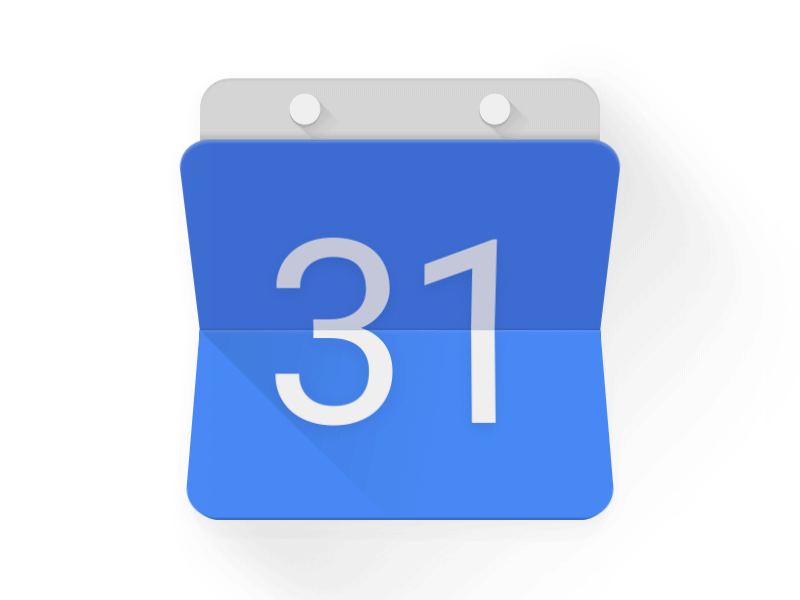
Our brains are frighteningly good at deceiving us. Luckily, in our day-to-day lives we’re allowed to make dumb decisions every once in awhile. But in your work, especially if you run a business, the bad decisions that result from your brain’s little tricks could have big consequences.
In order to keep that smooth-talking brain of yours in line, you need a clear, cohesive way to think about your brand. With a solid strategy in place, you can easily answer questions about your target customers, your competitive position, the value of your offering, your positioning and marketing, and the core purpose of the brand itself.
If your strategy is shaky, your understanding of your business will be shaky too. That means when questions come up that challenge the direction of your business, your brain will be inclined to answer them with simple, but often flawed, intuitive-based thinking instead of rational thought.
To get a better sense of how you may have already fallen victim to your brain’s handy work, we’ll look at a couple tricks your brain likes to pull and how they could affect your business.
We’ll also look at how strategy can keep those tricks in check.
Splitting Your Brain Into Two Systems
We spend our lives constantly making decisions and judgements. With all of that practice, you’d think we’d be experts at knowing when a decision requires deep, deliberate thought (e.g. a business question) and when it’s OK to use a snap judgement (e.g. picking salsa for your tacos).
Sadly, we’re usually really bad at making those distinctions. To understand why, it helps to know more about how the brain handles decisions.
Nobel Prize winning author of Thinking Fast and Slow, Daniel Kahneman, describes the brain as having two “systems”: an intuitive, emotionally driven system (System 1) and a rational, analytical system (System 2).
Here’s a quick overview of their characteristics:
System 1 is:
- Your intuitive side
- Subconscious
- Makes decisions emotionally
- Easily influenced by events that just happened or are currently happening
- Always ready to go and likes to make decisions quickly
- Prone to misinterpret information and draw false conclusions
System 2 is:
- Your rational side
- Conscious
- Good at developing thoughtful analysis of a situation
- Able to take advantage of both current and historical knowledge to assess a situation
- Able to help you develop a strategy for your business and ultimately keep System 1 in check
- BUT, is also lazy and would prefer not to get involved, because analytical thinking requires a lot of effort and fuel

That last line of System 2 is one of the most critical to remember — your rational brain is lazy, because using it requires a lot of energy. This is a big factor in how our brains get us into trouble.
Now let’s see what’s happening with these systems when our brain is pulling “tricks” on us.
Brain Trick #1:
“This Sounds Complicated, Can’t I Just Answer an Easier Question Instead?” (aka. Attribute Substitution)
Meet Big Boss.
Big Boss runs a startup selling a new piece of online software.
Big Boss and team aim to bring [marketing jargon] to all businesses great and small through a proprietary mix of [marketing jargon] synergized with cloud-based [marketing jargon].
On Fridays Big Boss meets with the team’s Account Director to review sales progress. This week hasn’t been a good week, and the Account Director has some explaining to do.
What sort of reasons could you imagine the AD giving Big Boss for not closing more deals?
- “[Client A] didn’t seem open to our idea at all. [Client A] seemed to be in a pretty bad mood when I called.”
- “I don’t think [Client B] understands the real benefits of our product. [Client B] didn’t seem too bright, if you ask me.”
- Or if Big Boss witnessed the AD attempting to pitch, Big Boss might say: “They didn’t buy because you didn’t have enough confidence in the room. You better have that fixed by next week.”
All of those reasons could be true. But they’re also surface-level assessments of the situation, based more on intuition than facts.
What if the real reasons for those struggles were:
- [Client A] didn’t seem open to the idea because they already use one of Big Boss’ competitors, and that solution is better suited to their needs
- [Client B] didn’t understand the benefits of Big Boss’ product because it lacked a superior or unique set of features
- The AD couldn’t present the product confidently because Big Boss never clearly defined the value proposition
What this second set of reasons have in common is that they require a deeper analysis of the situation.They include elements of your competition, your offering, your value proposition, and brand. In order to diagnose them, you’d need a working knowledge of your business strategy.
In the absence of a strategic way of looking at these problems, eager System 1 jumps into action, attributing the problems to whatever is right in front of it. In this case, the client’s mood, attitude, or perceived IQ.
This tendency to replace or mask the root cause of a problem by blaming it on some other surface-level issue is called Attribute Substitution.
How Attribute Substitution Works
Attribute Substitution occurs when someone needs to make a judgement around a complex situation (the target attribute) and instead makes the judgment based on a more intuitive attribute.
In less fancy terms, if the information you need to judge a situation requires too much effort to retrieve, your brain may swap in something it can access more easily. The thing your brain swaps in doesn’t even have to be relevant to the real problem. And that’s a real problem.
Again, this is because System 2 thinking requires a lot of effort, so rather than extend that effort digging for answers, we can satisfy ourselves using a substitute provided by System 1.
This is how strategic discussions about target customers and competitive position get replaced with assumptions about “bad moods”, “dumb clients” and needing yet another redesign of your homepage.
Brain Trick #2:
“Let’s Just Believe Whatever Happened Most Recently” (aka. Availability Heuristic)
In this scenario, we’ll look at how Big Boss decided to focus the company’s sales efforts on a local market first and grow slowly over time.
So far Big Boss is nailing the “slowly” part.
While flipping through the past month’s list of client-direct sales, Big Boss notices they’re all from an affluent area of their local market. This is really exciting because it means, their product is now appealing to a higher end demographic and they can charge way more!
Big Boss enthusiastically directs the team to switch their website and marketing materials to be sleek and high-end to appeal to this new demographic — along with an increased price point.

After the redesign, sales are no longer slow. They’ve stopped.
For the last month, they’ve barely had a trickle of activity both from the new affluent market, or from the original target customer.
Big Boss pulls the management team aside and tells them that it must be a product problem.
Big Boss says, “We have to boost sales!. Let’s add some new product features to spark interest!”
We’ll pause there before Big Boss can make any more “moves”.
The two judgements Big Boss made were different in terms of their influence. In one, Big Boss was driven by a positive influence (i.e. a spike in sales) and in the other, it was driven by a negative influence (i.e. a drop in sales).
What the “moves” have in common is that they were both strong reactions to recent circumstances. Big Boss was being influenced by an Availability Heuristic.
How the Availability Heuristic Works
The Availability Heuristic is defined as the tendency to favor information that’s more available to a person’s mind when considering a situation or decision.
This is based on the concept that if something can be remembered, it’s perceived to be important. When information is more easily remembered, we assign it an unfairly high importance and our judgements get skewed.
For Big Boss, the company’s recent sales activity was the most available information, and so it received disproportionate weighting in influencing what happened next.
If Big Boss had developed a clear strategy for the business, the team could use that to discuss their existing target audience, marketing approach, and product features in a more informed way. By using their strategy as a means of checks and balances they could have had discussions on whether these moments were simply minor “blips” on the overall timeline or real reasons to change course.
Make Sure Your Strategy Keeps Your Brain Honest
In your business life, you have to make lots of decisions all the time. Because we never have perfect information and are often under pressure, your System 1 will be more than happy to handle those decisions for you.
Unfortunately, while System 1 means well, it may produce results tainted by seeking easy intuitive answers (Attribute Substitution) or results overly influenced by recent events (Availability Heuristic).
So what’s the cure? While there is no sure-fire way to prevent your brain from falling into traps like this, it helps to have a clear, structured way of looking at your business and all of the factors that influence it. By defining a strategy for your business that everyone on the team can quickly reference and clearly understand, you’ll encourage judgements based on deliberate thinking and minimize emotional, knee-jerk reactions.
And don’t worry, System 1 can still get plenty of exercise deciding what you’ll have for lunch.
(ps- it’s tacos)
Want Help With Your Strategy?
If you’re lacking a solid brand strategy to keep your business on track, check out our Brand Guidebook process to see how it can help get your strategy in shape quickly and easily.
And if you want more articles, insights, and a free workbook, sign up below.


